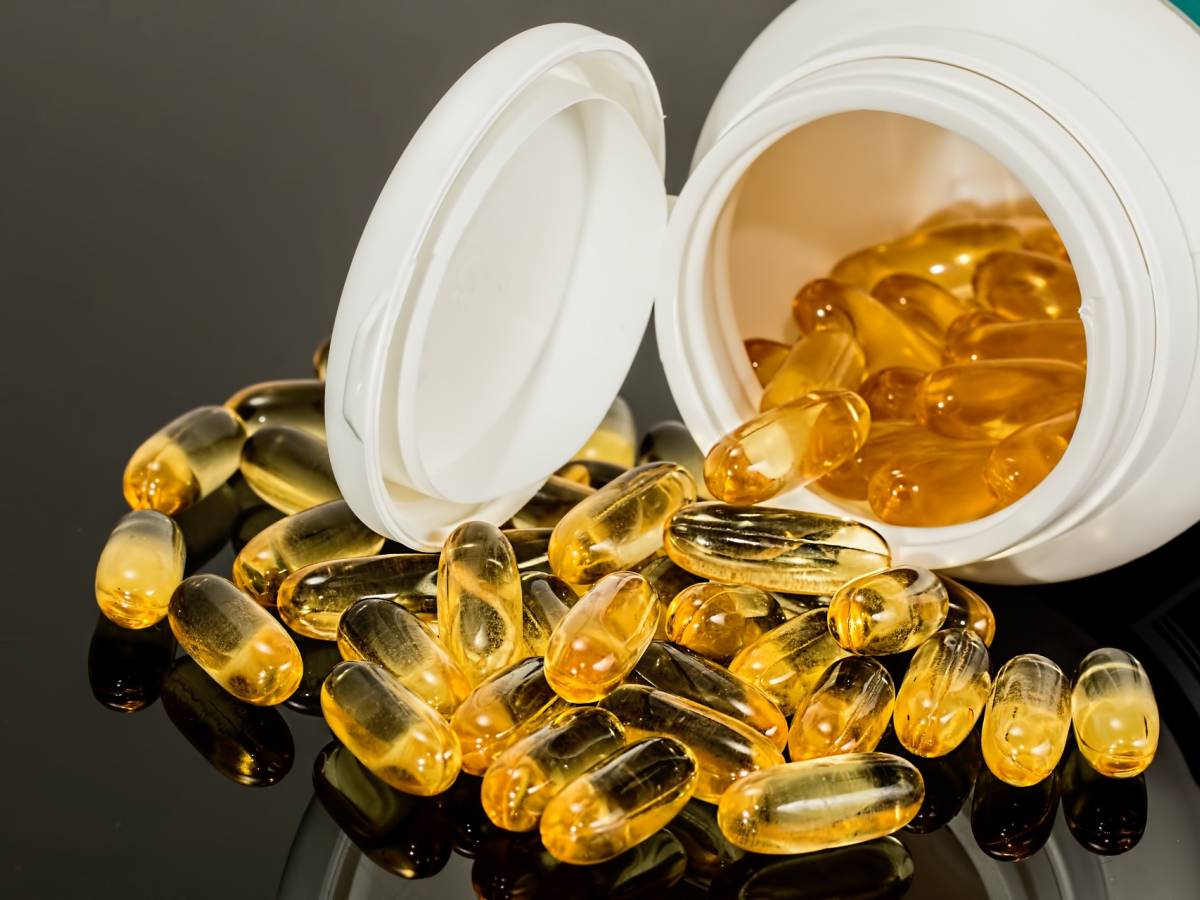The omega 3 are long-chain polyunsaturated fatty acids. Derived from alpha linoleic acid, they define themselves essential since man is not able to synthesize them independently and must therefore take them through the diet. They also differ from saturated ones due to their composition which contemplates the presence of double bonds between the carbon atoms. From a strictly nutritional point of view, the most important are the aforementioned alpha linoleic acid (ALA), l’eicosapentaenoic acid (EPA) the’docosahexanoic acid (DHA).
For years science has recognized the countless benefits of omega 3. In 2021 researchers from the University of Louvain, with a study published in Cell Metabolismthey found that thedocosahexanoic acid is able to slow down the development of cancer. In this regard, specialists recommend a daily intake of at least 250 mg of DHA. We talked about it extensively in this one item.
The benefits of omega 3
Omega 3s are real health allies and their regular consumption is recommended by doctors all over the world. There are many benefits they give to the body. For example:
- They have anti-inflammatory properties: EPA and DHA are precursors of the synthesis of eicosanoids, i.e. substances with a marked anti-inflammatory action. The intake is therefore recommended for all subjects affected by autoimmune-based chronic inflammatory diseases such asrheumatoid arthritispsoriatic arthritis and systemic lupus erythematosus;
- They counteract the onset of cardiovascular diseases: EPA is able to reduce blood concentrations of LDL cholesterol and triglycerides. We know that the latter, when present in large quantities, predispose to the risk of suffering from heart and circulatory disorders. Think of the atheromas responsible for stroke and heart attack;
- They fight the metabolic syndrome: since they act on libidinal metabolism, omega 3s are useful in the prevention of often correlated pathologies such as obesity, metabolic syndrome and diabetes;
- They prevent neurodegenerative diseases: Some areas of the brain, gray matter and retinal tissue, are composed of DHA. Recent studies have shown that low levels of the same are present in the blood of patients suffering from senile dementia, Alzheimer’s diseaseParkinson’s disease, depression, bipolar disorder, schizophrenia and hyperactivity disorder.
Foods rich in omega 3
As already mentioned, omega 3 must be taken with food. In this regard, the best diet to adopt is that mediterranean which is characterized by the abundant consumption of foods of vegetable origin, in season and of local origin. Green light therefore to: fruit, vegetables, vegetables, potatoes, legumes, fish, dairy products, bread and cereals, especially wholemeal ones.
Notoriously, the richest food in EPA and DHA is fish due to the phytoplankton, the source of nutrition of these animals. Stocking up on omega 3 means preferring at the table:
- Il salmon;
- Il caviar;
- L’Cod liver oil;
- L’sardine oil.
On the other hand, foods of plant origin have considerable quantities of ALA, such as:
- The nights;
- L’linseed oil;
- L’soybean oil;
- L’canola oil;
- L’corn oil;
- L’kiwifruit oil;
- L’perilla oil;
- I Chia seeds;
- I hemp seeds.
Integrate omega 3
According to the Italian Society of Human Nutrition the average daily requirement of EPA and DHA in adults is 250 mg. For children the quantity drops to 100 mg. Sometimes their dietary intake is insufficient. In this case, the family doctor can advise supplements of omega 3. Generally extracted from fish oil and suitably treated, they are found on the market in the form of capsules or liquid solutions.
While safe, the supplements have potential antiplatelet and antithrombotic activity. Therefore it is advisable to use them with caution if you are on medication such as aspirin, anticoagulants and non-steroidal anti-inflammatory drugs. Finally, pay attention to side effects which, in most cases, are transient: nausea, diarrhea, gastroesophageal refluxdizziness and tiredness.
